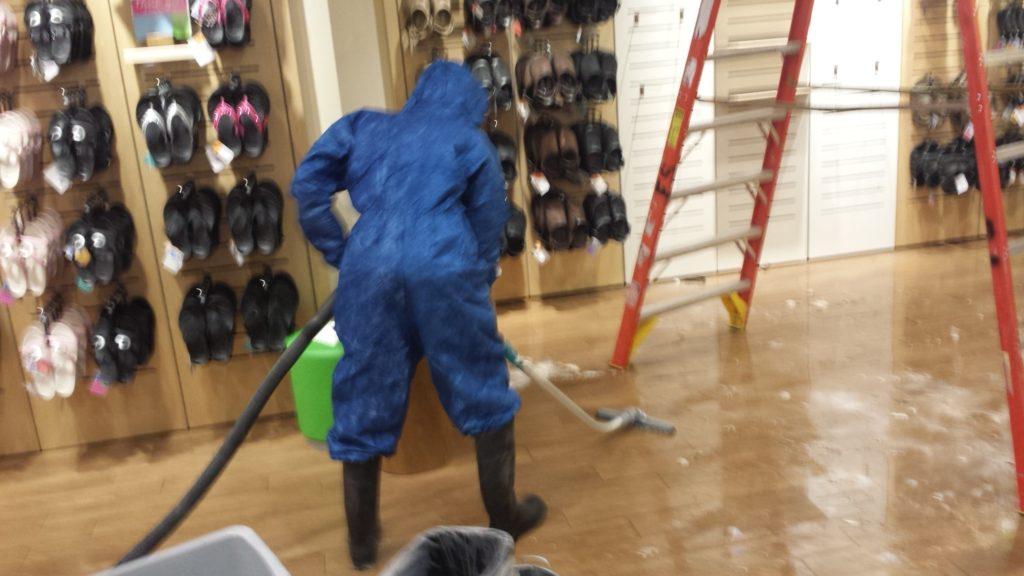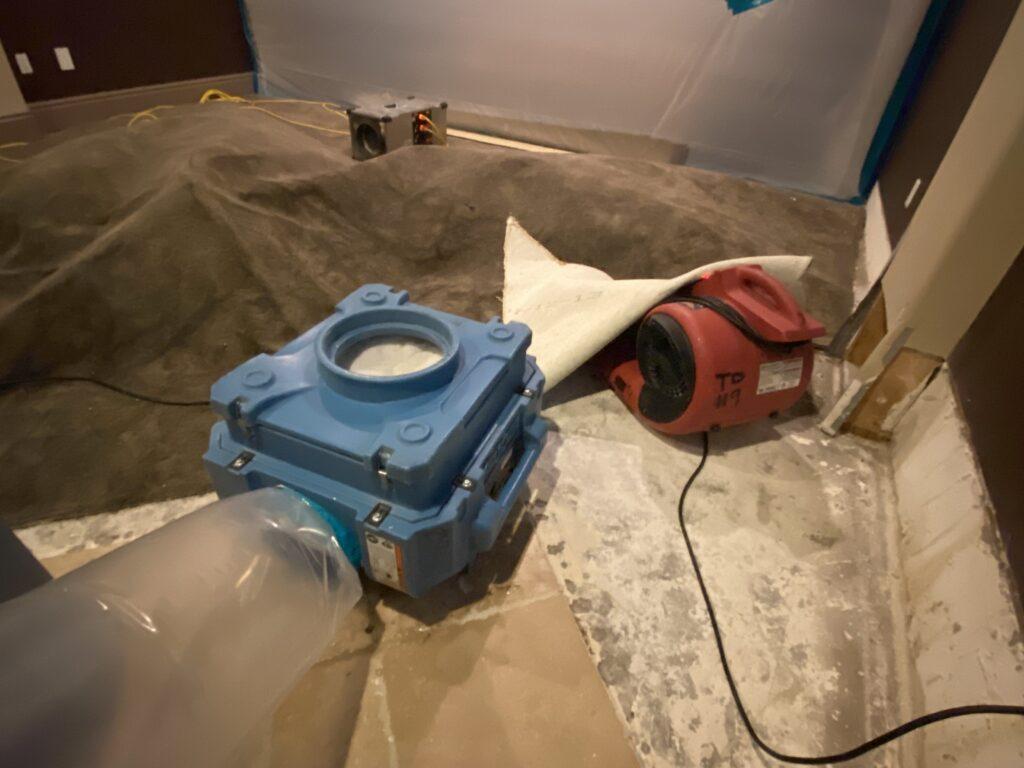Dealing with Basement Water Damage: What You Need to Know
If you’re a homeowner, the chances are pretty good that somewhere along the line, you’ll have to address basement water damage. This type of issue can arise suddenly and create major problems for your home if not handled quickly and effectively. Even though it may feel overwhelming, having a good understanding of the process behind dealing with basement water damage can help make taking action less intimidating – and more successful in preventing further damage down the road. In this blog post, we will provide an overview of what to do when you detect basement water damage so that you can start tackling this project right away.
Definition of Basement Water Damage and what Causes it
Basement water damage is a common problem that homeowners face. It occurs when water enters the basement and causes damage to the walls, floors, and personal belongings. There are several factors that can cause basement water damage, such as heavy rainfall, melting snow, leaks in the basement walls or foundation, and plumbing failures. When left unchecked, basement water damage can lead to mold growth, structural damage, and health hazards. That’s why it’s important to identify and address the cause of the problem as soon as possible to prevent further damage.
Inspecting your Basement for Signs of Water Damage
Your basement should be a dry, safe haven in your home. However, water damage can sneak up on you if you’re not diligent. Inspecting your basement for signs of water damage is an essential step in protecting your foundation and preventing potential dangers. Early detection is key, so keep an eye out for discoloration on walls or ceilings, an odd smell, or even mold growth. You may also notice peeling or bubbling paint, warped wood, or rusted metal – all of which can be an indication of water damage. Don’t wait until it’s too late – take the time to inspect your basement regularly and nip any issues in the bud.

The Importance of Addressing the Source of Water Damage in your Basement
Water damage can be a costly and frustrating experience for homeowners, especially when it occurs in the basement. It not only damages your property but also poses serious health risks due to the growth of mold and bacteria. Ignoring the damage, or opting for a quick fix by covering it up, is only a temporary solution that could result in further damage later on. Instead, it’s essential to address the source of the water damage head-on. The first step is to identify where the water is coming from and then take the necessary measures to fix it. This could mean fixing a leaky pipe or installing a sump pump. By addressing the source of the water damage, you can not only reduce the risk of future damage but also ensure a safe and healthy living environment for you and your family.
Steps to Prevent further Water Damage in your Basement
Water damage in your basement can be a nightmare, causing not only structural damage but also health hazards. It’s important to take immediate action to prevent any further damage. The first step is to identify the source of the water damage and address it. It could be as simple as fixing a leaky pipe or as complex as redirecting exterior drainage systems. Once the source is fixed, it’s important to remove any standing water and thoroughly dry out the affected areas. This prevents mold and mildew growth, which can cause respiratory issues. Installing a sump pump, sealing cracks in the foundation, and improving ventilation are additional steps that can help prevent future water damage in your basement. Don’t let basement water damage ruin your home, take action and prevent it from happening again.
Common Repair Materials used to fix Basement Water Damage
Basement water damage is a common problem that many homeowners face. It can be caused by a variety of factors, such as floods, leaks, or burst pipes. Fortunately, there are several repair materials that can help fix this issue. One of the most popular materials is epoxy. Epoxy is a durable, waterproof material that can help seal cracks and prevent further water damage. Another popular material is hydraulic cement. This material is designed to expand and contract with the concrete around it, making it an excellent choice for patching holes or cracks in the basement floor or walls. Other common repair materials include masonry sealer, waterproof membrane, and polyurethane foam. With the right materials and techniques, or by hiring water damage restoration professional it’s possible to effectively repair basement water damage and prevent it from happening again in the future.

